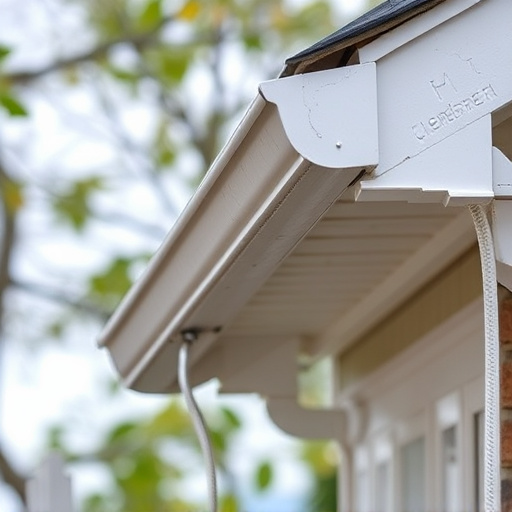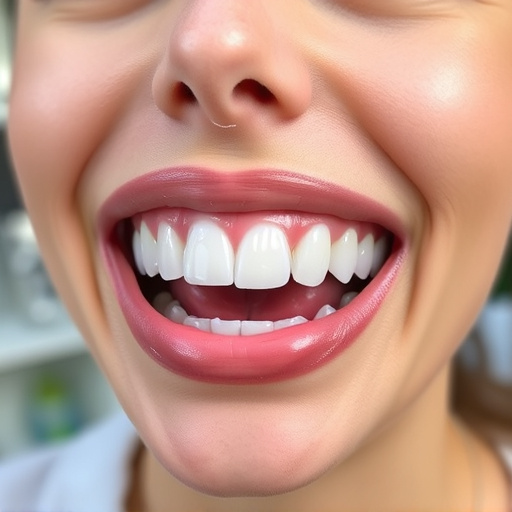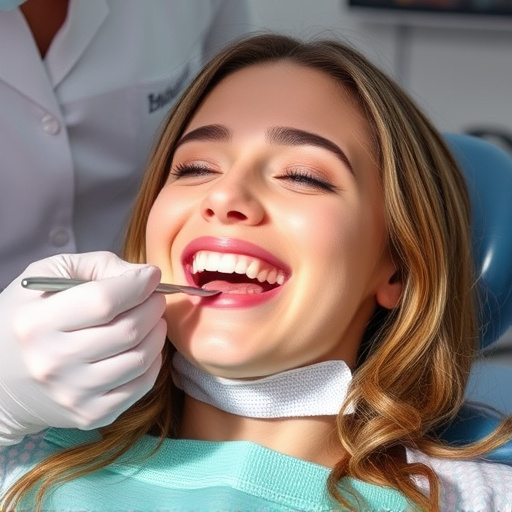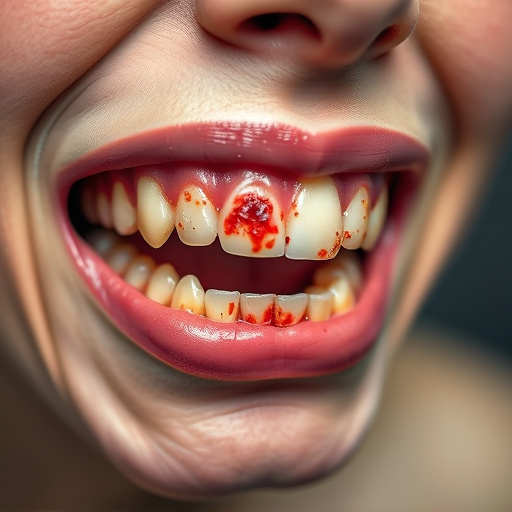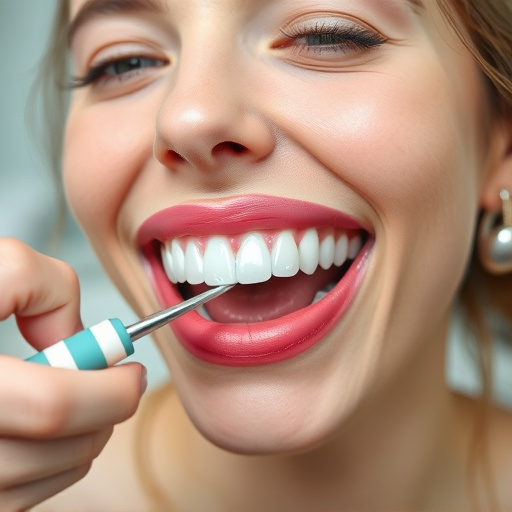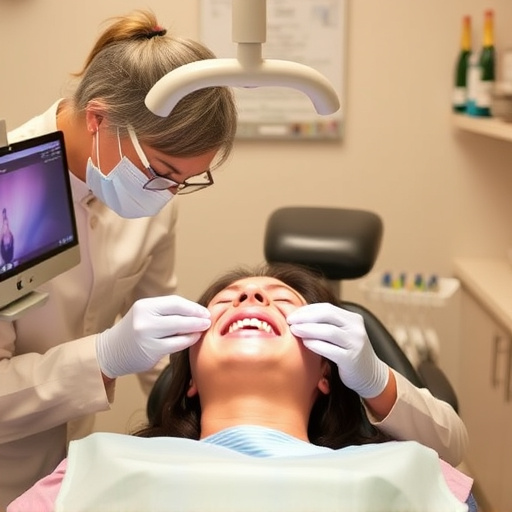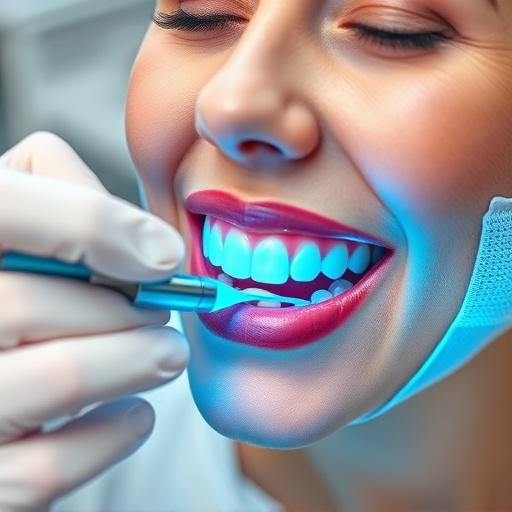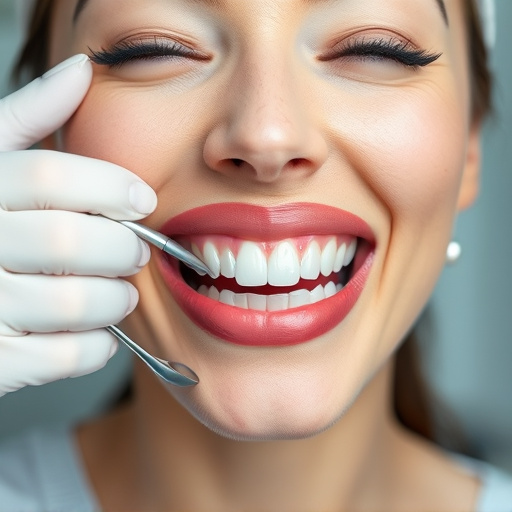A comprehensive dental exam is key to proactive oral health management. Dentists inspect teeth, gums, and mouth structures to detect decay, gum disease, and other issues early. Using visual tools and X-rays, they provide personalized treatments like fillings or aligners, preventing serious problems linked to systemic health. Regular exams, proper hygiene, and dietary choices significantly reduce tooth decay risk.
A comprehensive dental exam is an essential part of maintaining optimal oral health. This detailed assessment goes beyond a routine check-up, involving a thorough inspection of your teeth, gums, and mouth structure. During this exam, dentists evaluate tooth decay by identifying signs such as cavities, enamel erosion, and bacterial infections. By understanding the process and available prevention methods, individuals can empower themselves to combat decay effectively, ensuring long-lasting dental wellness.
- Understanding Comprehensive Dental Exams
- Assessing Tooth Decay: Signs and Diagnosis
- Prevention and Treatment Strategies for Decay
Understanding Comprehensive Dental Exams
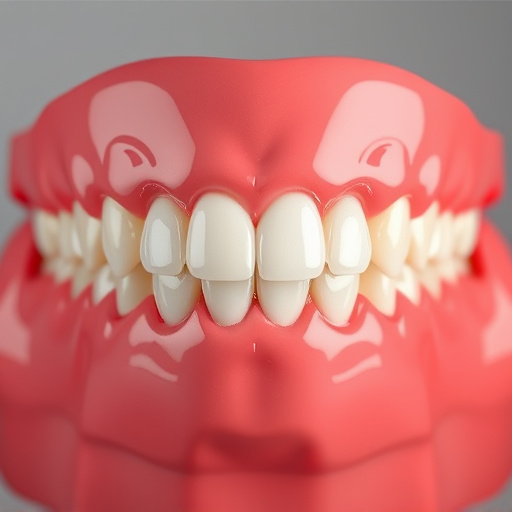
A comprehensive dental exam goes beyond a simple check-up; it’s a thorough evaluation of your oral health that can prevent issues before they start. This process involves several steps, including a detailed examination of each tooth, gum tissue, and mouth structures. Dentists use this assessment to not only identify existing problems like tooth decay but also to predict potential issues based on the patient’s unique risk factors. By understanding the current state of oral health, dentists can tailor preventative dentistry strategies, such as recommending clear aligners or dental fillings, to suit individual needs.
Regular comprehensive dental exams are key to maintaining optimal oral health. Through these visits, dental professionals can catch decay in its early stages, often before it causes significant damage. Moreover, they can assess the overall health of your gums, which is crucial as gum disease is linked to various systemic health issues. By integrating this approach into routine care, preventative dentistry becomes a powerful tool in keeping smiles healthy and bright for years to come.
Assessing Tooth Decay: Signs and Diagnosis
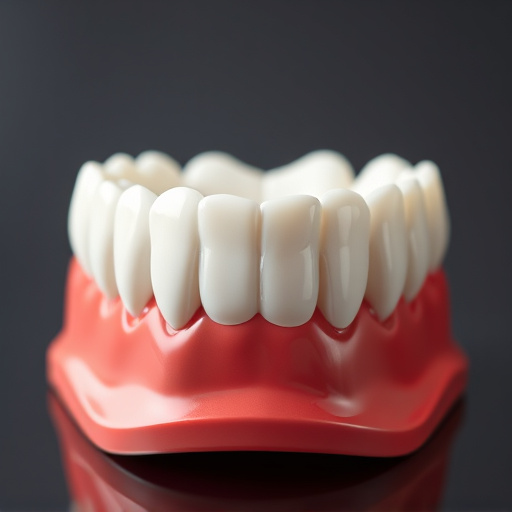
During a comprehensive dental exam, assessing tooth decay is a critical component of maintaining optimal oral health. Dentists employ various methods to diagnose this common condition. Visual examination with enhanced lighting and magnifying tools allows for the detection of surface stains and early signs of demineralization. The use of diagnostic tools like dental X-rays offers a more detailed view, revealing decay hidden beneath the enamel or between teeth.
Signs of tooth decay can include visible holes or pits in teeth, sensitivity to hot or cold, pain while chewing, and bad breath. In its early stages, decay may not present any symptoms, making regular dental check-ups crucial. If left untreated, decay can lead to more serious issues, potentially requiring procedures like dental crowns to restore functionality or even tooth extractions as a last resort. Comprehensive dental care involves proactive measures to prevent and address decay, ensuring long-lasting oral health.
Prevention and Treatment Strategies for Decay
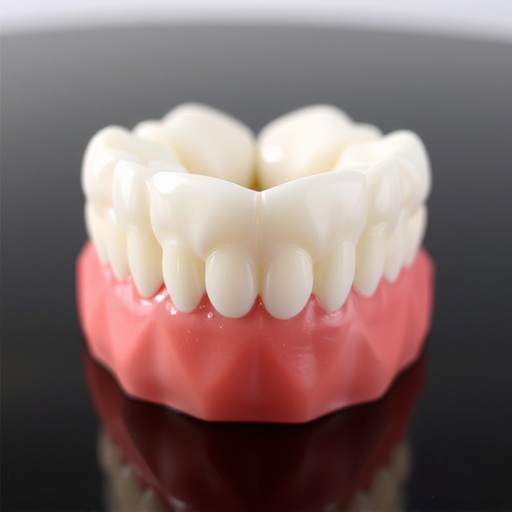
When it comes to prevention and treatment of tooth decay, a comprehensive dental exam plays a pivotal role. During this detailed examination, dentists can identify early signs of decay through visual inspection, x-rays, and other diagnostic tools. Early detection is key as it allows for less invasive treatments, such as cosmetic fillings or clear aligners, which can effectively repair damaged teeth without resorting to extensive procedures like tooth extractions or complex restorations.
In addition to regular checkups, several strategies can help ward off decay. Proper oral hygiene practices, including daily brushing and flossing, significantly reduce the risk by eliminating plaque buildup. Using fluoridated toothpaste further strengthens tooth enamel. Dietary adjustments, such as reducing sugary foods and drinks, also play a crucial part in preventing decay. If decay does develop, prompt treatment through professional cleaning or cosmetic fillings can stop its progression, ensuring better oral health long-term.
A comprehensive dental exam, including thorough tooth decay assessment, is a cornerstone of oral health maintenance. By understanding these exams and recognizing the signs of decay early on, individuals can take proactive measures to prevent or treat issues effectively. Regular check-ups, coupled with appropriate prevention strategies, empower both patients and dental professionals to maintain a vibrant, healthy smile for life.
